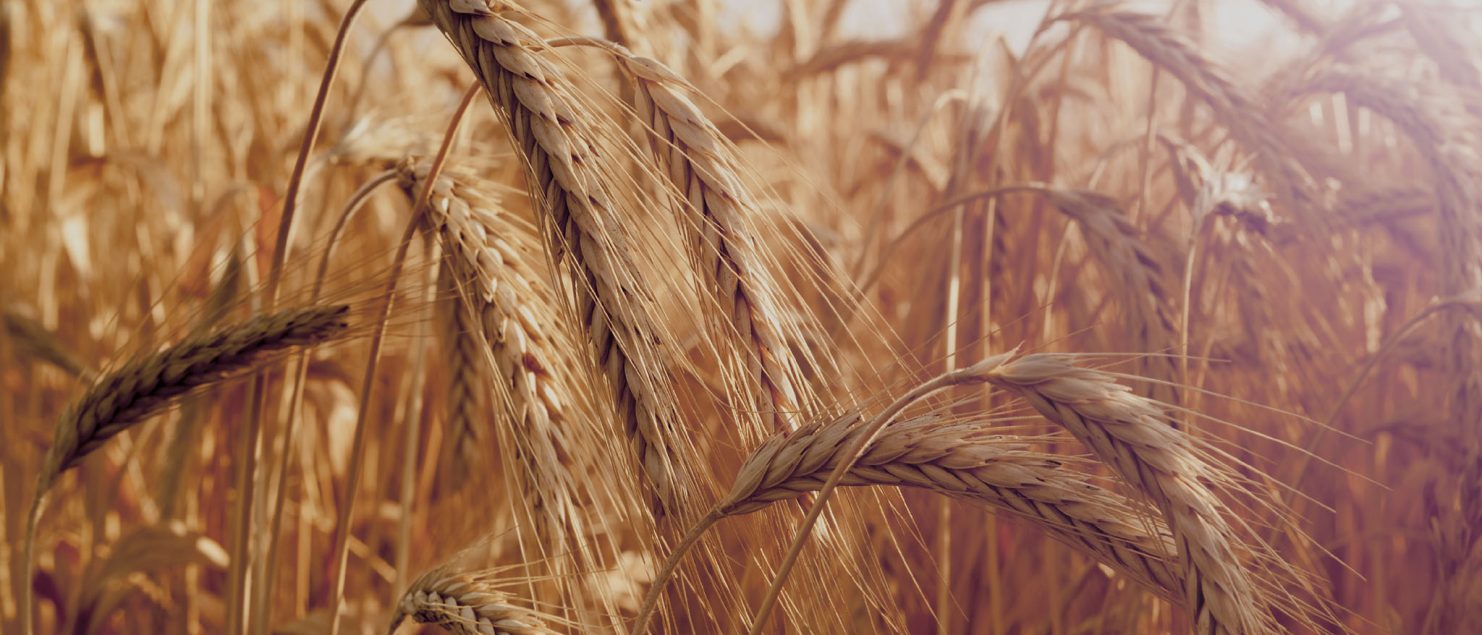Can poor grain storage conditions encourage mycotoxin growth?
Mycotoxins are extremely toxic chemical substances produced by specific fungi growing naturally in many agricultural crops but more commonly in cereals including: maize, wheat, barley, rye and most oilseeds in the field after harvest, during storage and later when processed into food and animal feed concentrates.
Approximately 25% of the worlds crops are effected each year by mycotoxins causing economic consequences for farmers globally.
The main cause of mycotoxins within stored grains are when the grain is damp, damaged or cracked and kept in insufficient storage conditions. Careful drying and good storage management should minimise post-harvest fungal growth and, therefore, mycotoxin production. Mouldy grain presents a serious health hazard to anyone moving or handling the grain. Far more farmers become ill because of exposure to mould spores than almost any other risk in agriculture. However, if grain is not dried quickly or remains at >16% moisture content for several weeks during storage, ochratoxin A may be produced by Penicillium verrucosum. This can also occur if damp spots form because of leaks, condensation or insect activity. Ochratoxin A is quite stable, carcinogenic and is sometimes found in bread and other cereal products. Other mycotoxins, including citrinin, also occur in UK-stored cereals. This mycotoxin is not considered carcinogenic and usually degrades during food production. Its effects may be noticed in livestock, especially pigs.
In order to help the industry Randox Food Diagnostics developed the Evidence Investigator analyser. The Evidence Investigator uses Biochip Array Technology (BAT), a technology that was developed by Randox, to detect multiple toxins, residues & contaminants (up to 44) from a single sample. Within feed and cereals, Randox Food Diagnostics provide mycotoxin testing for different matrices such as: maize silage, maize, Barley, grass seed, rice, wheat, oats, soya, DDGS, rapeseed as well as livestock and pet foods including premixed feed.
Randox Food Diagnostics offer a mycotoxin screening array on Biochip called Myco 10 which can detect 10 groups of mycotoxins per sample including aflatoxins G1/G2 & B1/B2, ergot alkaloids, fumonisins, paxilline, ochratoxin A, diacetoxyscirpenol, deoxynivalenol (DON), T2 toxin & zeralenone. Also offered are a range of ELISA test kits including ergot alkaloids.
Randox Food Diagnostics are also regular participants in the FAPAS proficiency testing scheme which provides an independent check of a laboratory’s procedures to ensure the delivery of quality results.
To read our study on: Biochip Array Technology for the reliable performance of multi-mycotoxin determination in animal feed materials” click here: http://www.randoxfooddiagnostics.com/docs/default-source/randox-fd/posters/bat-mycotoxins-in-animal-feed-materials.pdf?sfvrsn=4
For more information on our arrays for mycotoxins please visit the website: https://www.randoxfood.com/matrices/mycotoxins or contact us via email at: info@randoxfooddiagnostics.com
